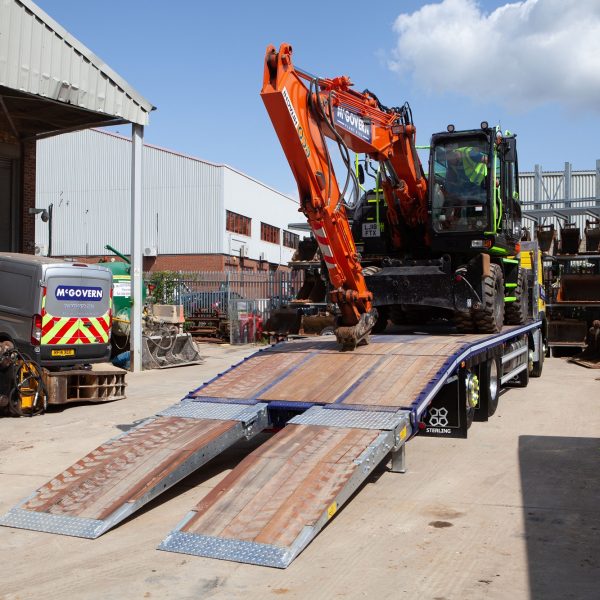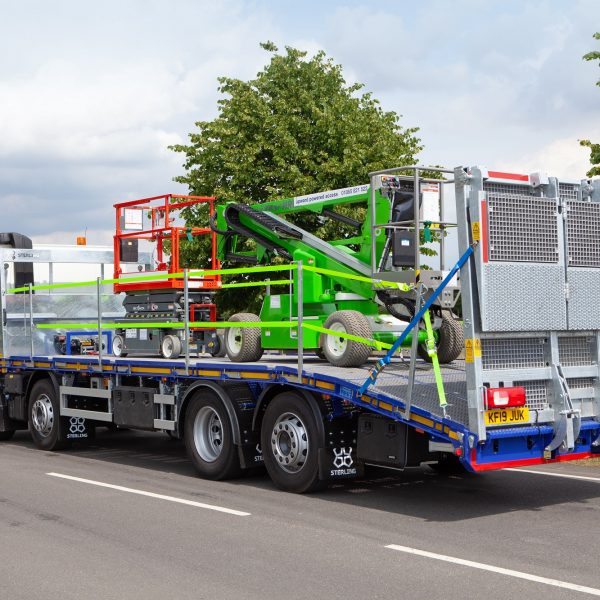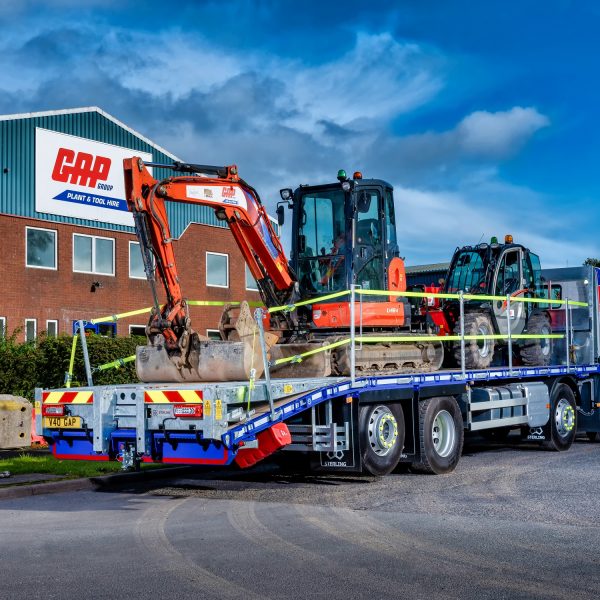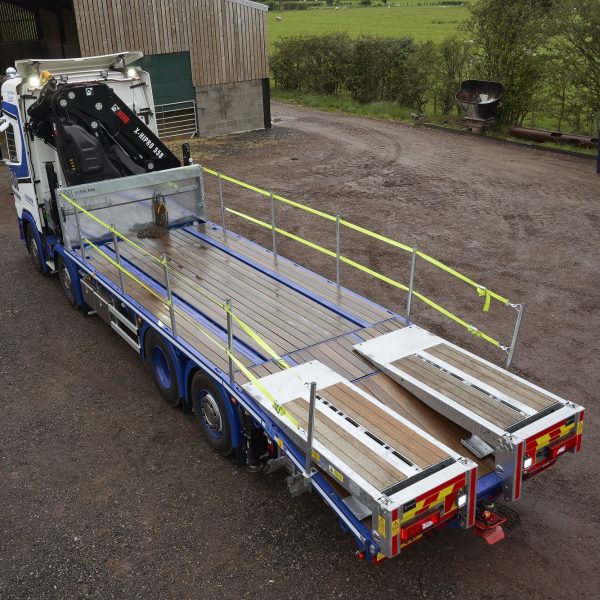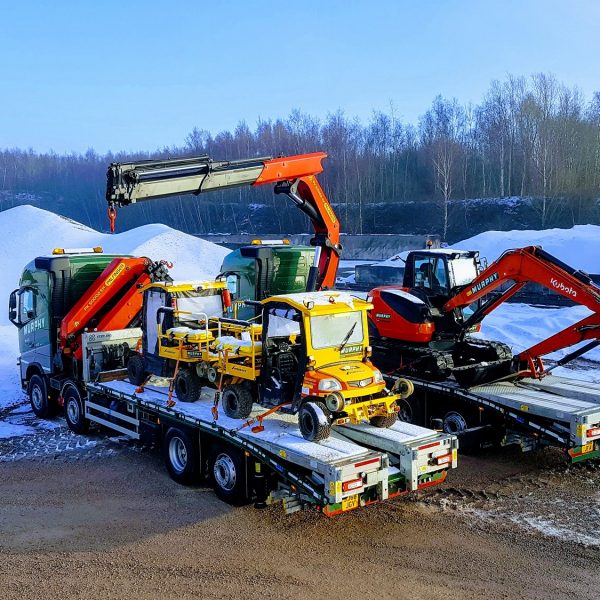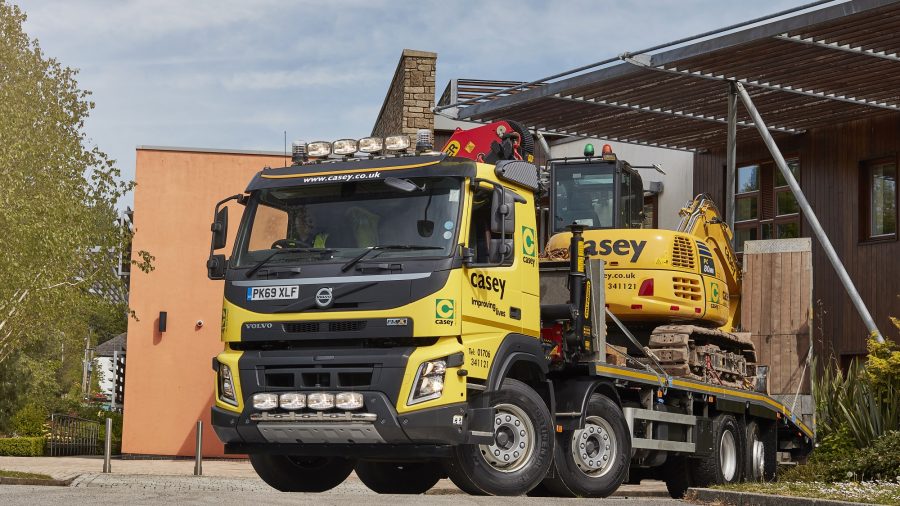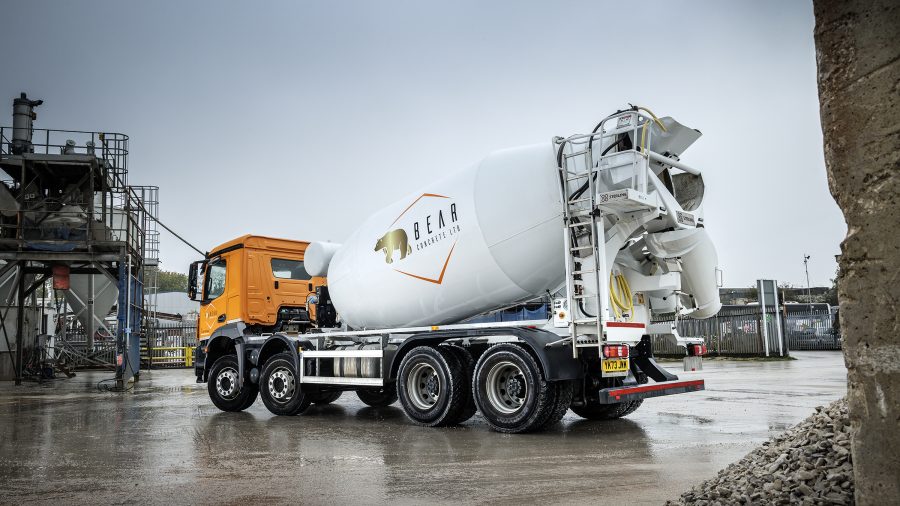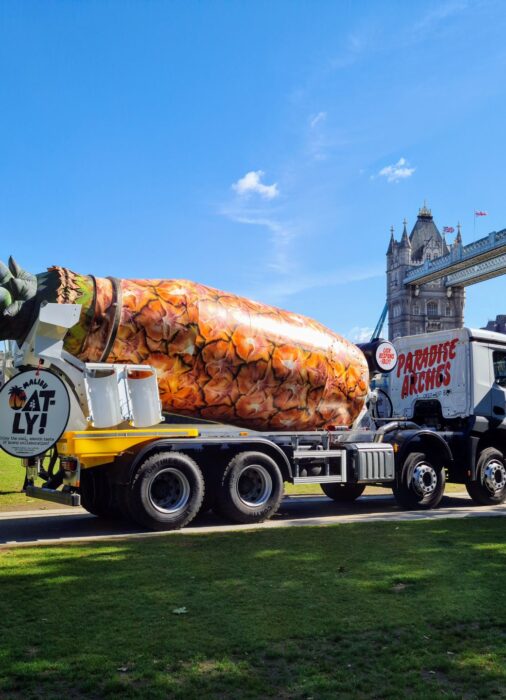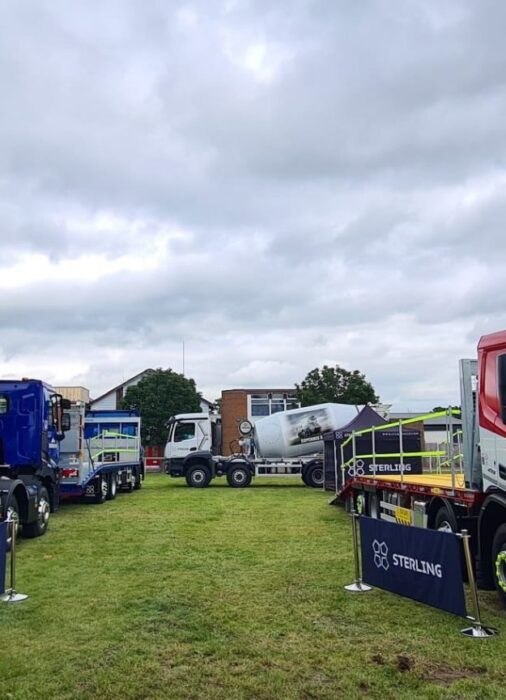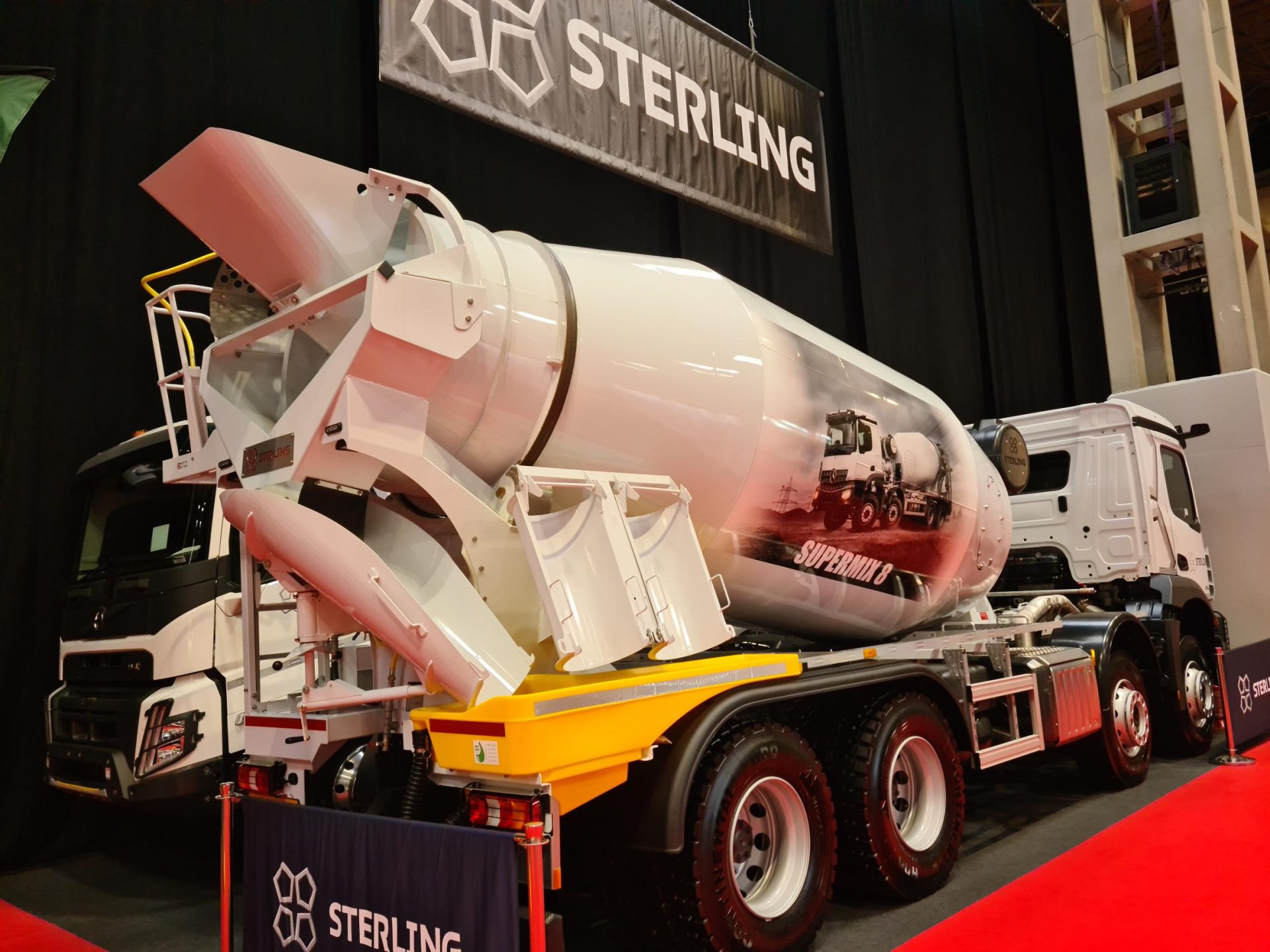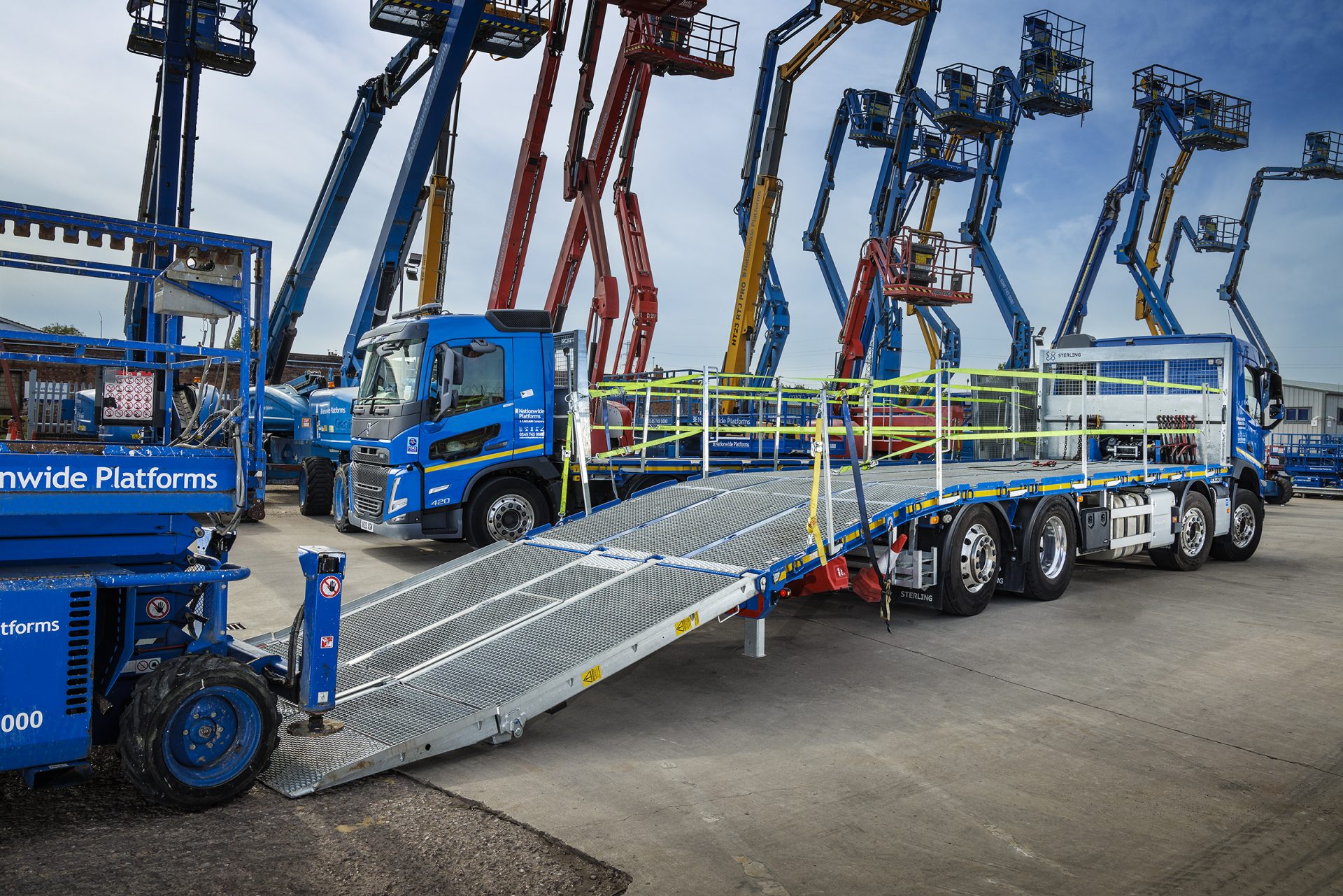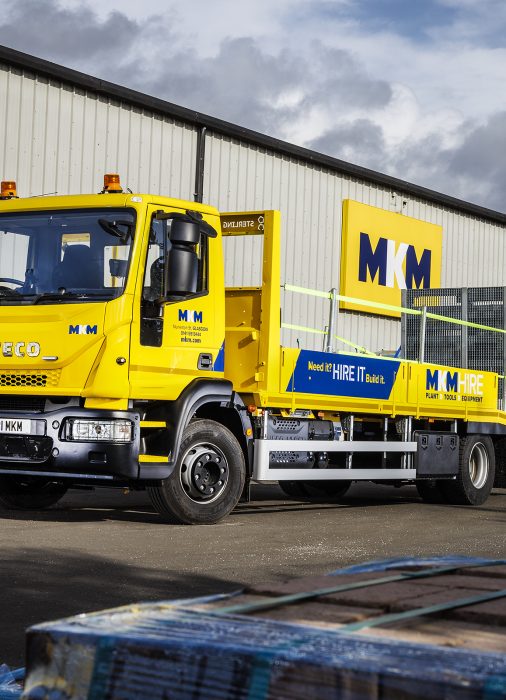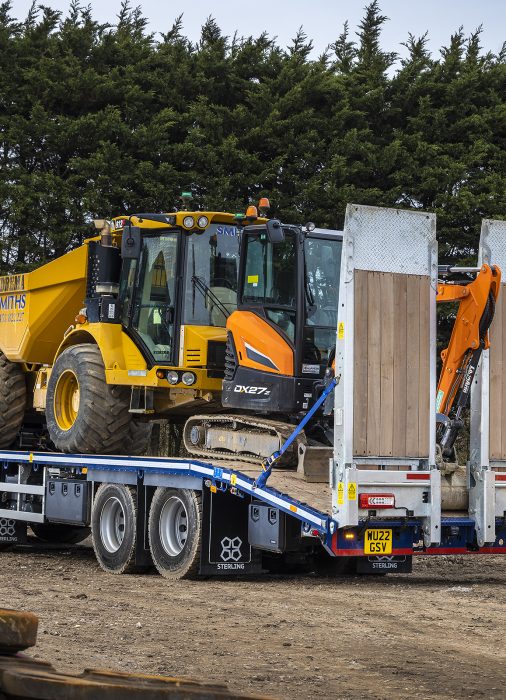Structural Issues with Beavertail Plant Bodies
Published on: 1st February 2022
Structural Issues with Beavertail Plant Bodies
Beavertail plant trucks are hard working tools. Often delivering to construction sites, they operate in environments naturally hostile to trucks, driving over rough ground getting wet and dirty. In addition, loading and carrying plant and access machinery puts extreme variable strains on the vehicle. Simply put, the wear and tear on plant trucks is typically worse than trucks used for other applications.
Corrosion
The problem:
Plant bodies tend to rust quicker than other body types. Reasons for this include:
- Harsh working environment – delivering to construction sites mean the body is often wet and dirty which contributes to faster corrosion.
- Low-profile body build – a beavertail body is typically 100mm to 200mm lower than other bodies to help achieve good loading angle and lower centre of gravity. However, being closer to the road and the wheels means more ‘spatter’.
- Decking screws – an average plant body has over 600 deck fixing screws. Each of these screws go through a crossmember and long-term that means over 600 areas of potential rusting.
What can I do to alleviate this problem?
There are several ways that rusting can be minimised and the onset of corrosion impeded. These include:
- Ensure the body is shotblasted prior to paint. Shotblasting is far more effective at providing an unoxidized surface to paint to than just cleaning the black steel. It’s also important to ensure that the body is painted under the main runners which means lifting the body off the chassis is necessary.
- Less use of box section steel. This is particularly relevant to cross-members in which the deck screws are effectively punching holes. Box section is essentially a tube and ensuring protection of the inside of the tube is difficult. Use of I-beams or folded section make it possible to shotblast, clean and paint all exposed surfaces giving far improved protection.
- Galvanising gives much better protection than paint. This is because the galv impregnates the steel so even when the coating chips off, the steel underneath is still protected. It is particularly beneficial to galvanise steel components mounted below the body (as this is a higher exposure area) such as toolbox frames as well as moving parts e.g., ramps and jack legs.
- The longevity of a body is ultimately decided by how well it is cared for. Pressure washing the body down at the end of each day is a simple step towards improved longevity.
Structural fatigue
The problem:
When loading onto a beavertail plant truck, the stresses are extreme. In addition, the nature of the goods being carried mean load distribution isn’t even. These variable strains can ultimately lead to cracking.
What can I do to alleviate this problem?
There are two ways to reduce cracking. The first is making the body stronger, the second is making the body weaker. Sound crazy? Bear with me and you’ll see what I mean:
- Stronger body. There are a huge number of factors to this, grade of steel, thickness of steel, body design, etc. However, the number one cause of structural failure is poor weld. It is easier to achieve better weld penetration and more consistent welds in the horizontal plane so wherever possible is it important to use rotisserie jigs. In simple terms, these are a frame where an item such as a ramp or backend can be assembled and tacked together. The frame is then rotated through 90 degrees meaning all vertical welds are now horizontal enabling the welder to more easily achieve the consistency and strength required.
- Weaker body. Okay, saying weaker body is a misnomer. It is more accurate to say flexible body. Should a body be too rigid, this can cause cracking when certain strains are placed on it, particularly to the external edges. This most commonly happens with wide machines such as 13 tonne excavators or large boom lifts. The solution is to only weld crossmembers on their vertical where they pass through the centre runners. This means the top and bottom of the crossmembers have a small amount of ‘give’ meaning that when the ends of the crossmembers are under pressure, there is enough natural ‘flex’ to prevent cracking.
- Jack leg location. This is a third point, but it really falls under the ‘stronger body’ title. Where the ramps meet the body (where they hinge), is a pivot point and as such needs support. Without proper support at this point, as a machine loads, the body and rear axle of the truck will take the strain ultimately leading to fatigue and cracking. The closer a support is to a pivot point, the more support it will provide. This being the case, it is best that the jack legs are as close to the rear crossmember as possible. At the rear crossmember, ground clearance is most minimal making it difficult to fit an automatic jack leg. However, it is achievable, and the benefit of the extra support makes it worthwhile.

